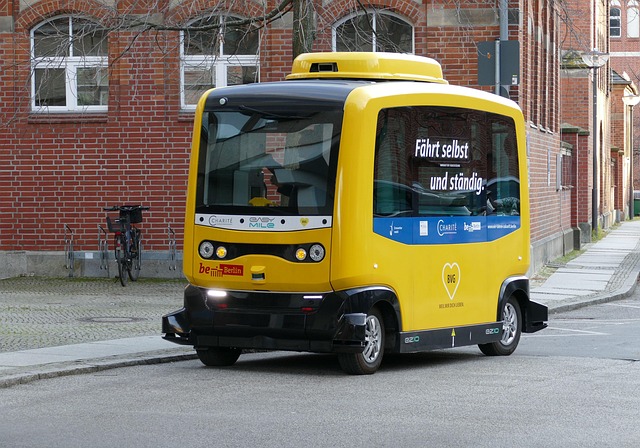Embracing Autonomous Control: A New Era of Interaction
Imagine walking into a workspace where machines greet you, adapt to your needs, and anticipate your next move. This is the promise of autonomous control—a synergy of robotics and artificial intelligence that transforms static tools into dynamic partners, elevating every interaction in the business landscape.
The Role of Robotics in Autonomous Interaction
Robots have moved beyond repetitive, pre-programmed tasks. Today’s autonomous systems sense, learn, and react in real time:
- Adaptive Motion: Robotic arms adjust gripping force and speed based on object weight and material, reducing errors and enhancing safety.
- Collaborative Operation: “Cobots” work side by side with humans, sharing workspace and responsibilities without protective cages.
- Self-Diagnostics: Continuous monitoring of motors, sensors, and joints predicts failures and schedules maintenance without interrupting production.
AI’s Contribution to Seamless Business Automation
Artificial intelligence fuels the brain behind autonomous control. Through machine learning and natural language processing, AI systems deeply understand context and intent:
- Predictive Analytics: Forecasting demand patterns, maintenance needs, and inventory levels to keep operations lean and responsive.
- Dynamic Decision-Making: Real-time data streams inform optimal routing, load balancing, and resource allocation across the enterprise.
- Conversational Interfaces: Chatbots and voice assistants interpret queries and execute tasks—scheduling meetings, placing orders, or troubleshooting issues—without human intervention.
Automatisation in Business: From Efficiency to Engagement
Automation isn’t just about speed—it’s about creating meaningful interactions at every touchpoint:
- Customer Service: AI-driven ticket triage and robotic process automation handle routine inquiries, freeing agents to tackle complex problems.
- Supply Chain Optimization: Autonomous forklifts and inventory drones streamline warehouse operations, reducing lead times and minimizing waste.
- Quality Assurance: Vision-guided robots inspect products with precision, flagging defects instantaneously and ensuring consistent standards.
Real-World Impact: Success Stories
Leading enterprises are already harnessing autonomous control to revolutionize their workflows:
- Automotive Manufacturing: Fully automated paint shops adjust spray patterns on-the-fly, cutting rework rates by 40%.
- Healthcare Logistics: Autonomous mobile robots deliver medications and supplies across hospital campuses, improving patient care and reducing staff burnout.
- Retail Fulfillment: AI-powered sorting centers process thousands of orders per hour, ensuring same-day delivery and delighting customers.
Looking Ahead: Interaction Redefined
As autonomous control matures, the boundary between human intent and machine action will blur even further. Businesses that embrace this interactive revolution will unlock unprecedented agility, innovation, and customer engagement. The future belongs to those who dare to let machines interact, learn, and co-create alongside us—driving automation beyond efficiency into the realm of genuine collaboration.



